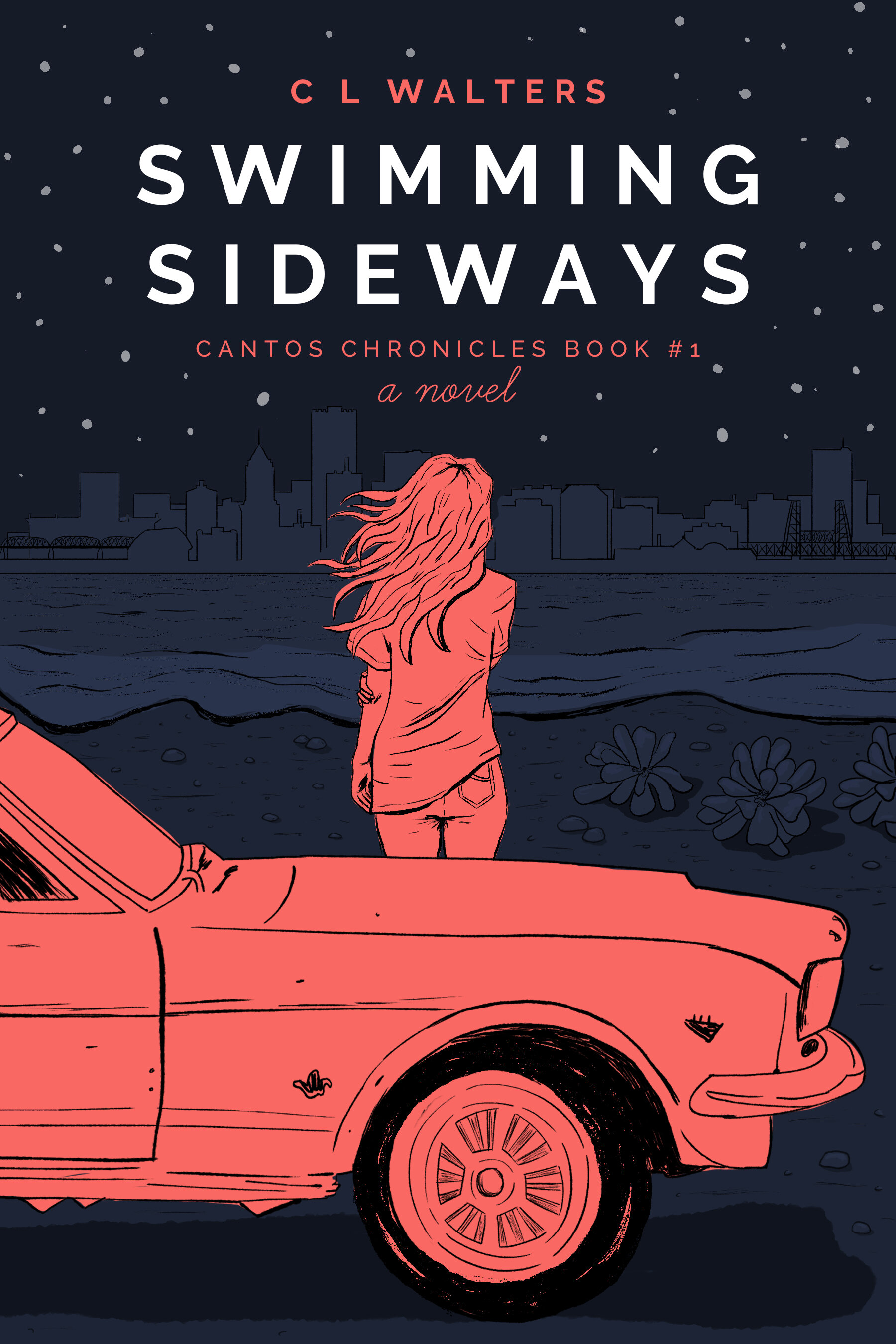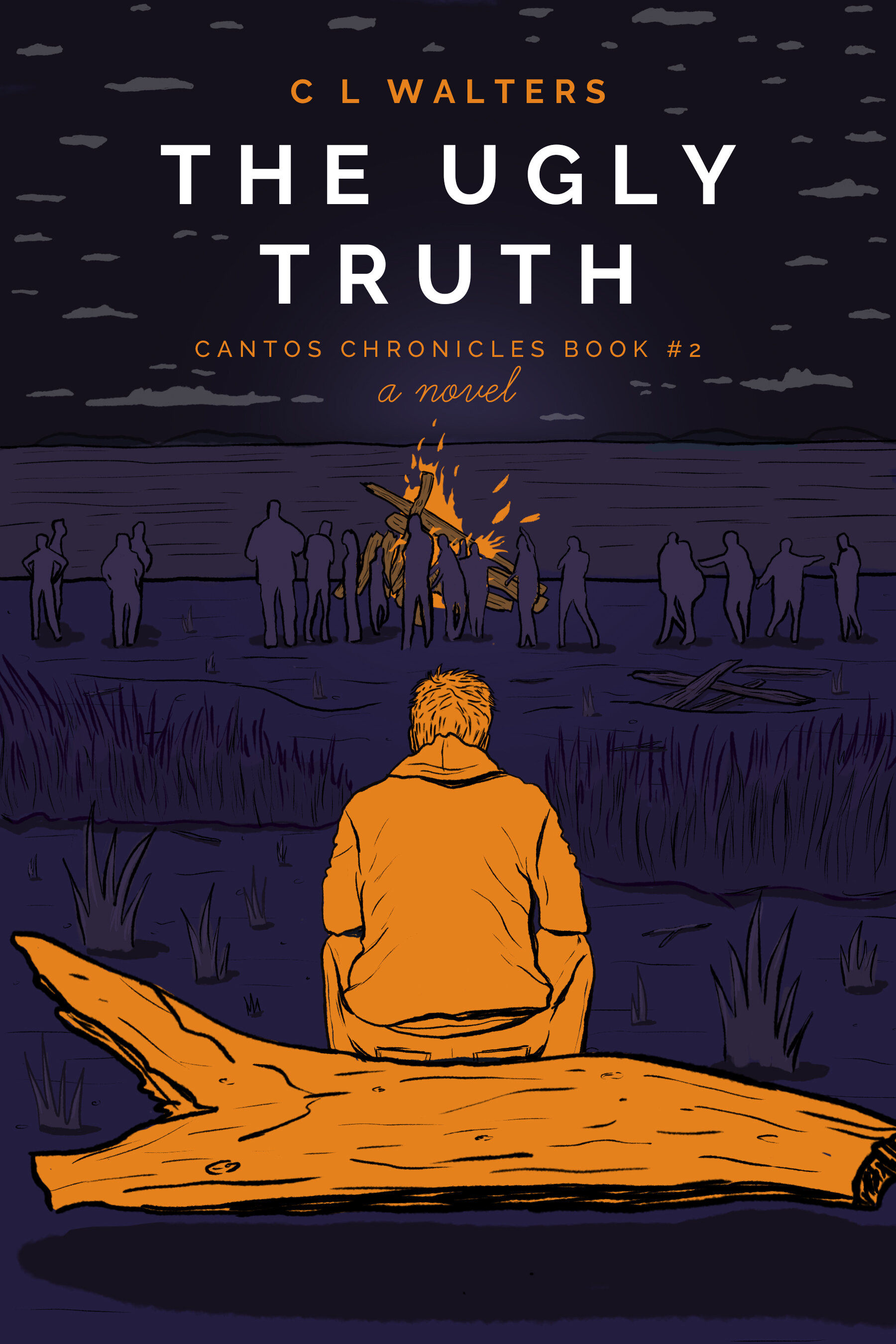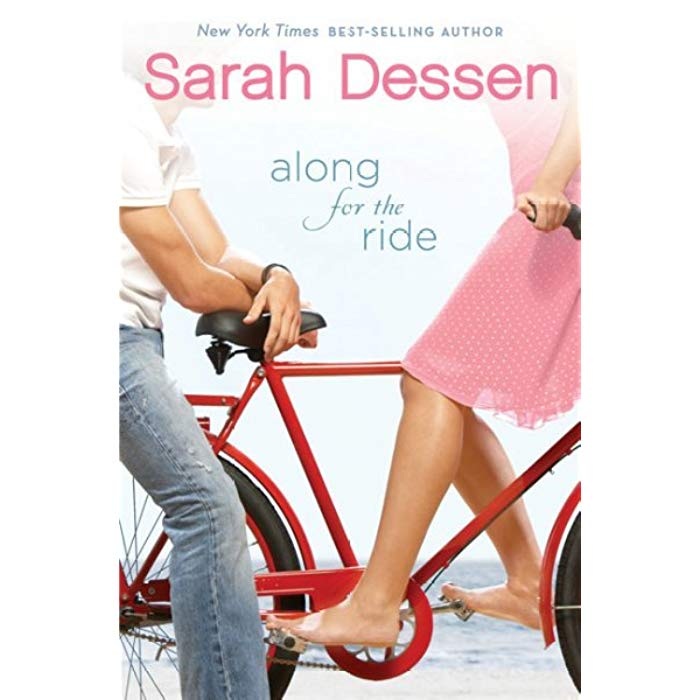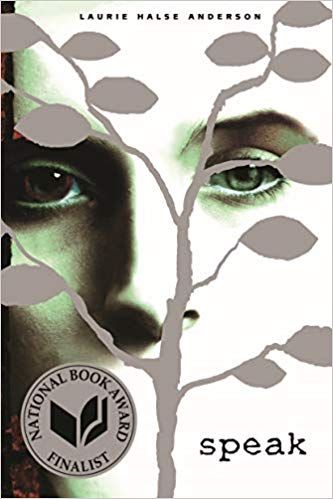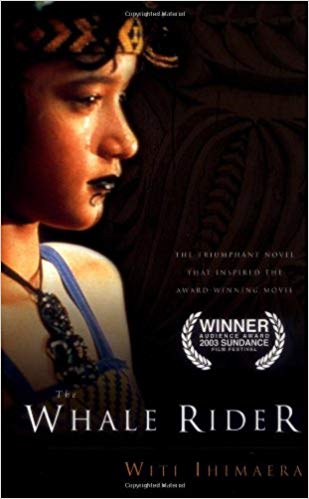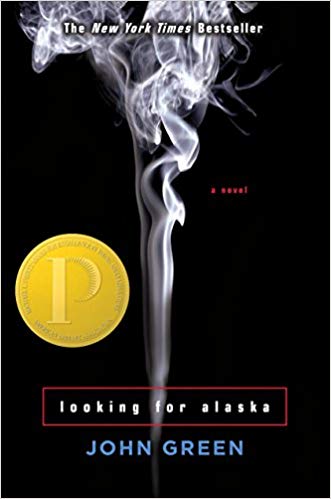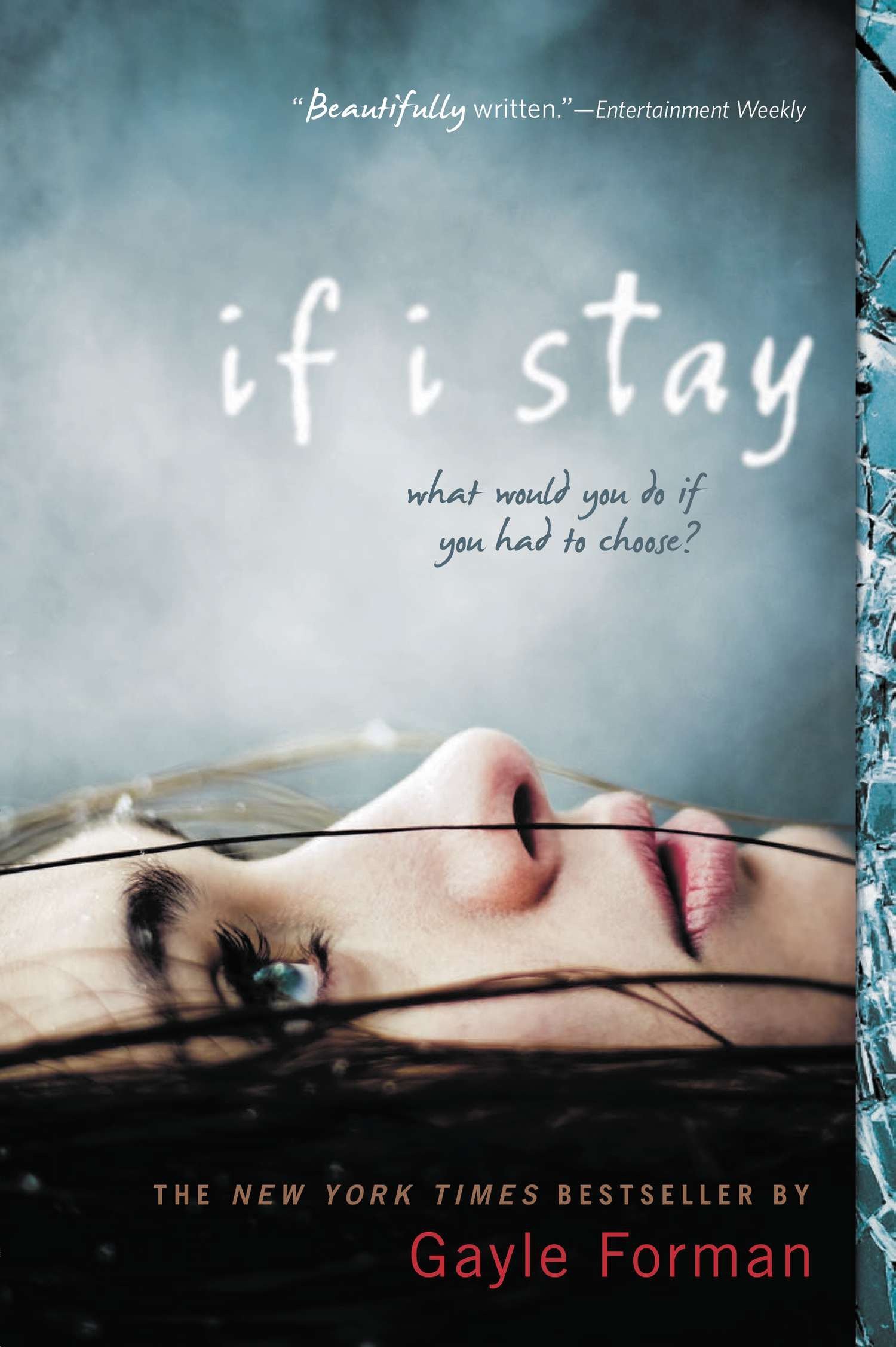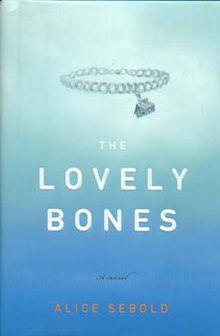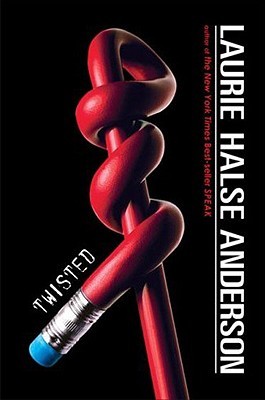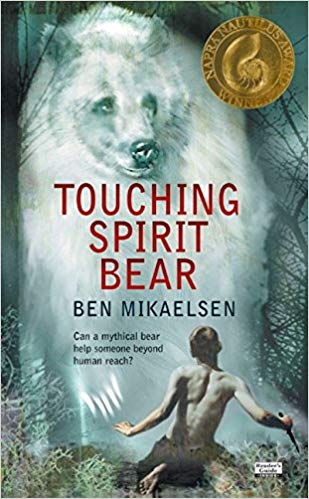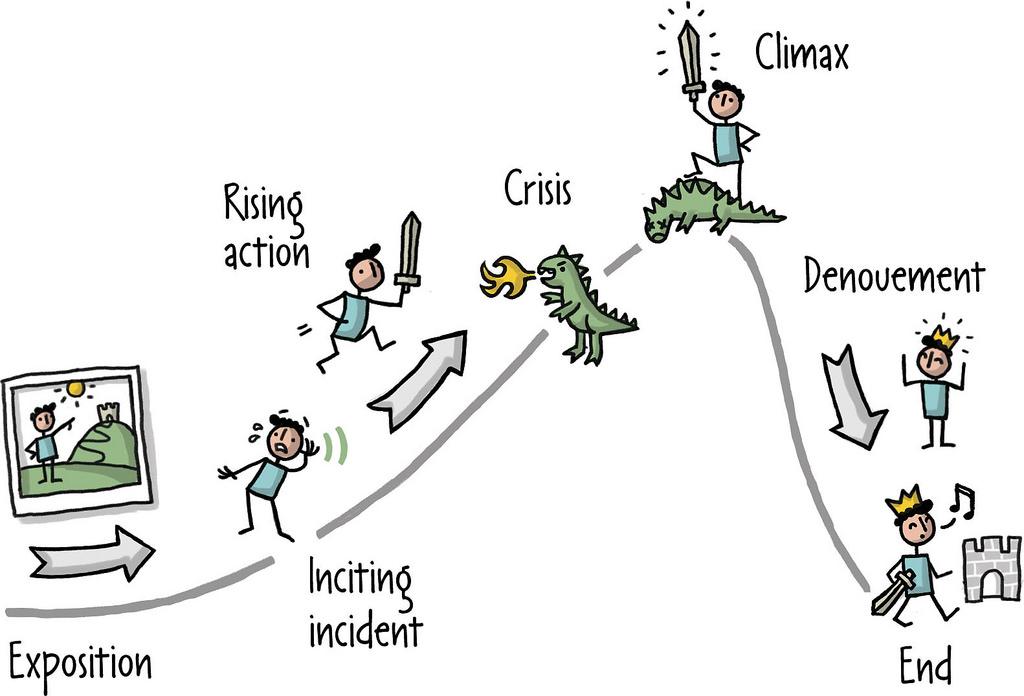Over the next seven weeks, this blog will feature seven different authors who write Young Adult Stories.
Each Monday in April (and into May), a new author (published and unpublished) will be featured along with a 500-1000 words selection of her work (sorry, guys - no men submitted! What the heck!?!? Your assignment is to go read any or all of these authors: Marcus Zusak, Jeff Zentner and John Green).
Today, I will launch the format using my own work so you’ll get a sense of what to look for in the coming weeks. I hope this series is beneficial for you as readers (maybe you’ll find your next favorite author in the coming weeks), as well as for the author as a growth opportunity to share their voices.
FEEDBACK WANTED!
Be sure to provide the guest authors some CONSTRUCTIVE FEEDBACK! Either in the comments section or in some capacity on their social media platforms. As writers - constructive feedback fuels us.
Drum roll please . . .
CL Walters
Tell us three things about who you are and why you write . . . I write because I can’t not write (please forgive the double negative). When I don’t, I turn into a bitch and that isn’t healthy for my family or my marriage. Writing is like breathing, so without it, I’m not living. Second, I adore stories - reading them, studying them, writing them - it all blends together. Finally, I write stories which I categorize as “young adult” but I hope they are just human stories that anyone at any age can enjoy.
Tell us about the story we’re going to read (your elevator pitch). . . Gabe is faced with a choice between life and death; the question is, what will he discover about himself to help him make the decision.
What are three things you want us to know as we read? This story is the third act of a trilogy. The first two books explore Abby’s and Seth’s stories in Swimming Sideways and The Ugly Truth. Gabe’s story The Bones of Who We Are has been challenging to write but not only because of the writing, but because of the content which swirls around bullying, victimization and depression.
Where can we find this story? Where can we find you (IG, Twitter, FB, website). The Bones of Who We Are is slated to be published this coming October (2019). In the meantime, you can catch up with Swimming Sideways and The Ugly Truth which are on Amazon (Kindle and Print). I can be found on IG (@cl.walters) and Twitter (@peeledandcored), my website (www.clwalters.net) and FB (CLWalters).
From… The Bones of Who We Are:
(YA Contemporary - Language Warning…)
I hate walking through the Quad. It’s a necessity twice a day unless I want to take the long way around the outside of the school. The deciding factor is always which one has the potential for more problems. Outside, I run the risk of an actual fight. In the Quad, I run the risk of mocking, maybe shit thrown at me, or something else to make me feel less than human. The first one means physical harm. The second one emotional and mental, but I can usually block it out with my headphones.
When I turn the corner from the stairwell into the opening of the Quad, it’s full. This time of the school day - lunch - it usually is. People are either in the cafeteria or there, especially as the weather turns rainy and cold. They sit on or around a myriad of red and black tables, congregate by the vending machines in red and black metal cages, and flirt with someone they crush on moving like honey bees from table to table. Some industrious students use the space to study, but not very often at lunch. It’s a space with very little adult supervision. This is for several reasons. First, the school office is across the way which adults must assume is a deterrent for teen bullshit (it isn’t) and, second, it’s lunch time. Teachers are either in the cafeteria, eating lunch with their work friends, or in their classrooms making space for those industrious students needing a place to escape the teen bullshit in the Quad.
I hesitate for a moment, consider walking around the outside or cutting through the offices, but then am annoyed for even thinking about it. I have every right to walk through the Quad. I shouldn’t have to feel worried to do it. But then that’s the problem of positivity, of allowing in layers of hope. It crumbles without a proper foundation, and just like I’d told Doc it would happen, the mouth of the escape route collapses burying me inside. It was, after all, only a matter of time.
I’m halfway across the space when I’m yanked backward. I keep my feet, but my hoodie cuts into my throat choking me. I rock backward and then forward.
Laughter.
“What the fuck!” I turn.
Tommy Pilner, his hands raised in mock surrender and smiling like he’s just caught a mouse, says, “Yo. Daniels. You don’t have to go all HAM, dude.”
I’ve known Tommy since coming to Cantos and he’s always been the same; he loves the Freak Challenge. He’s taken full advantage of the fact I don’t throw hands. Seth used to say his dad described Tommy as a younger version of his old man. I think: aren’t we all, which doesn’t bode well for any of us. “Fuck off,” I tell him, and turn away.
He grabs my hood again, but this time pulls with so much force I’m yanked off my feet. I slam against the floor on my back.
Laughter.
“Jesus, Daniels. What the fuck? You really should be more careful. You could get hurt.” Tommy laughs looking at his friends. “You all see him slip?”
They are laughing.
I’m on my feet.
Here’s another thing about hope - besides the risk of losing it - it begins to warm the cold and melt away the perceptions of what you’ve come to think you deserve into something more golden. You look outside the clear window, feel that sunshine, and think: Yeah. I could go out there and play. When the storm comes in, you remember what that sun felt like, and you want the fucking sun.
So, maybe I wouldn’t have a few weeks ago, but I take a step toward Tommy.
His smile falters.

